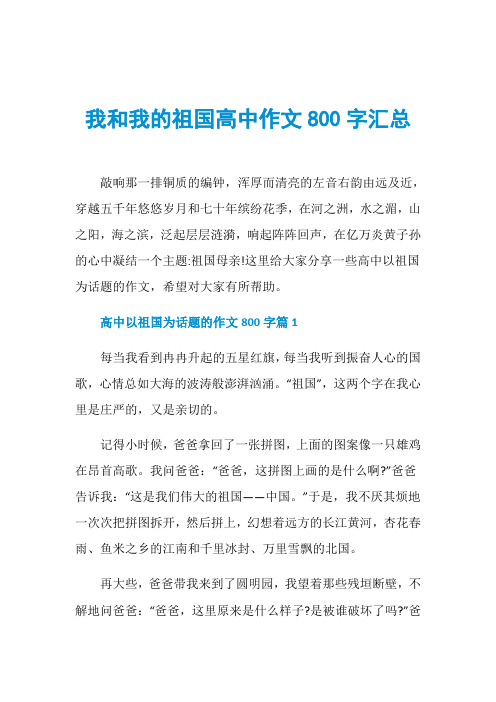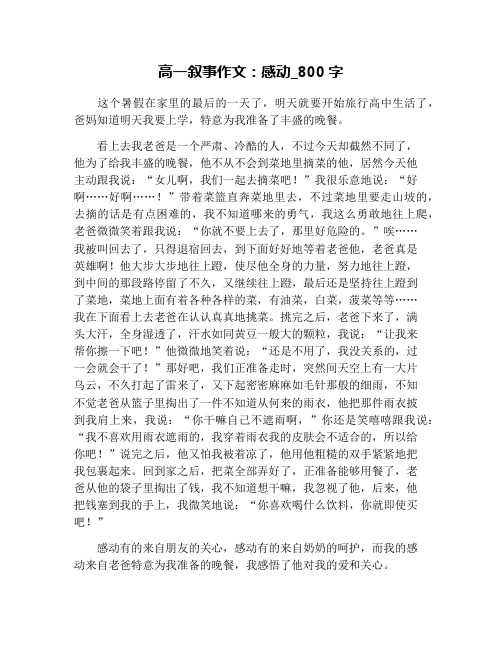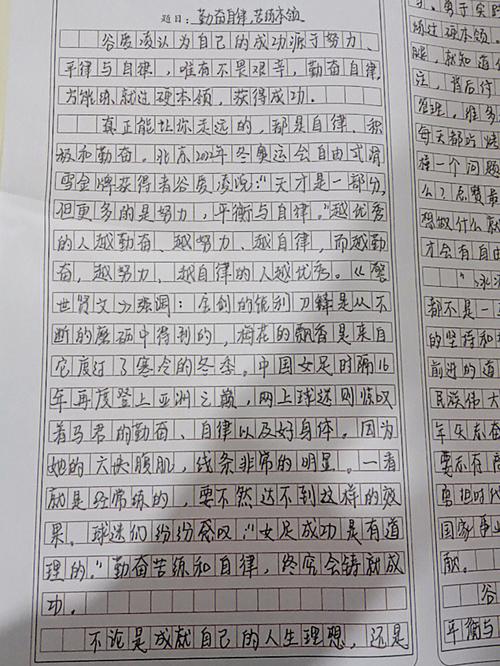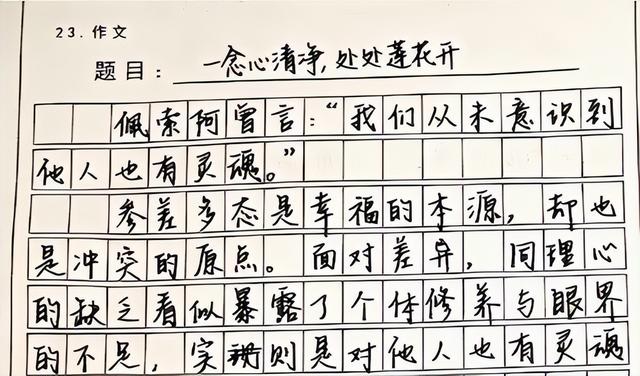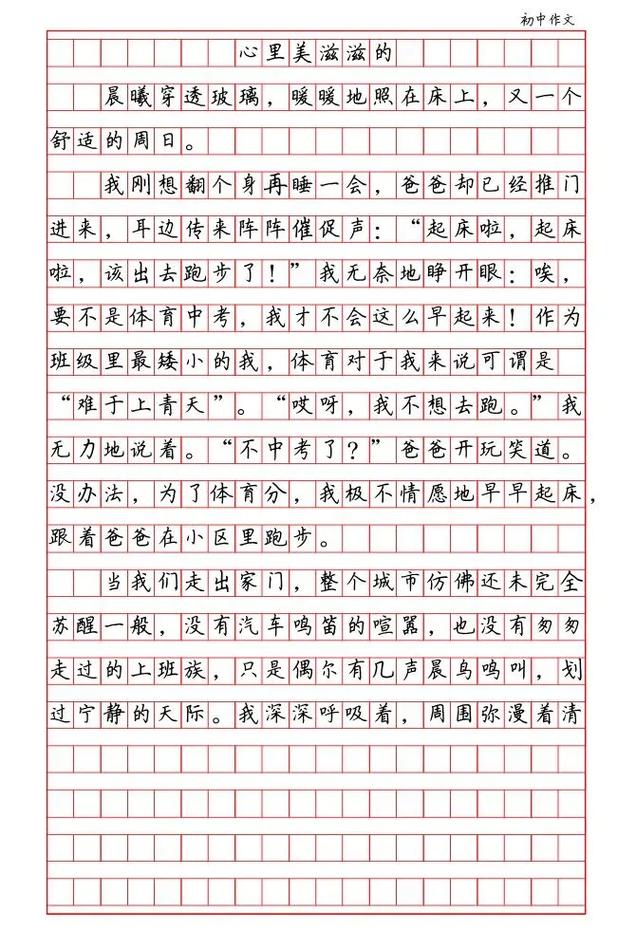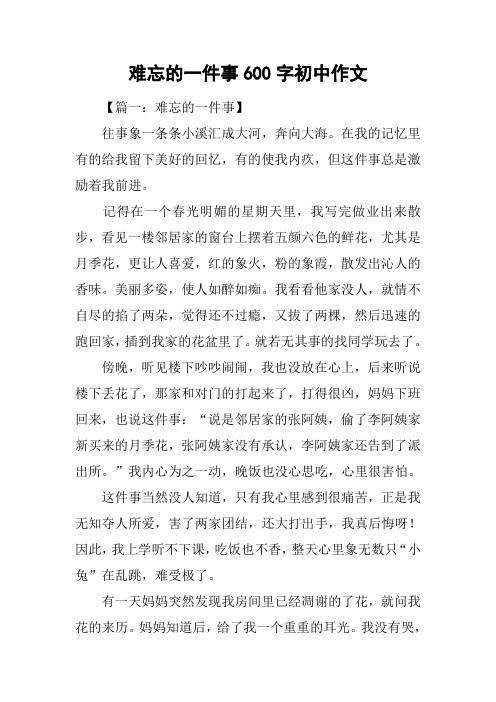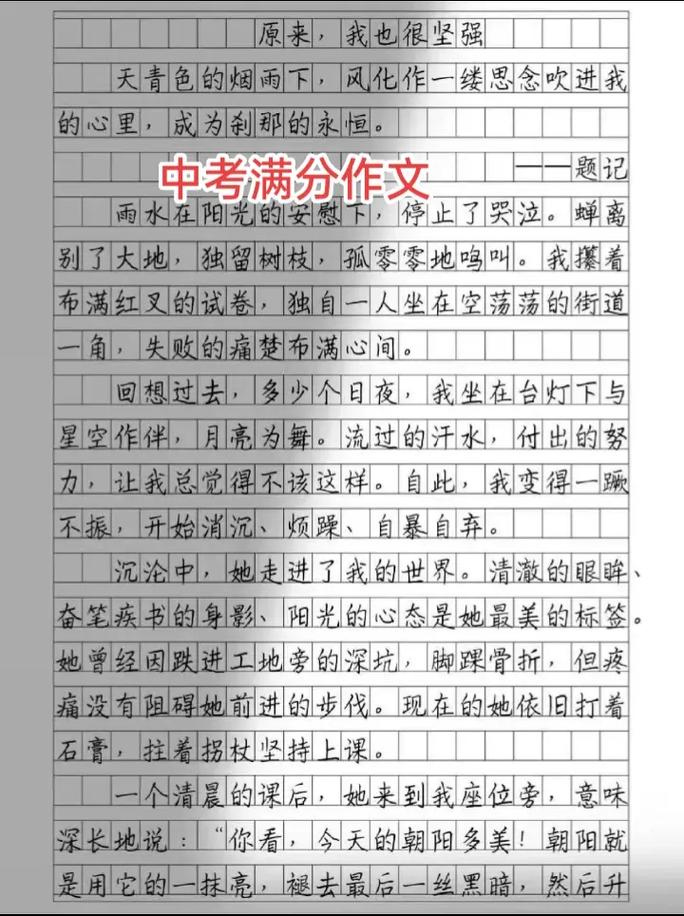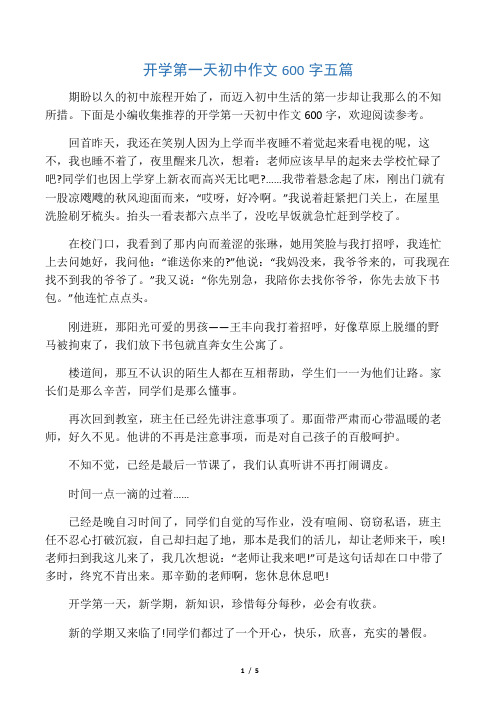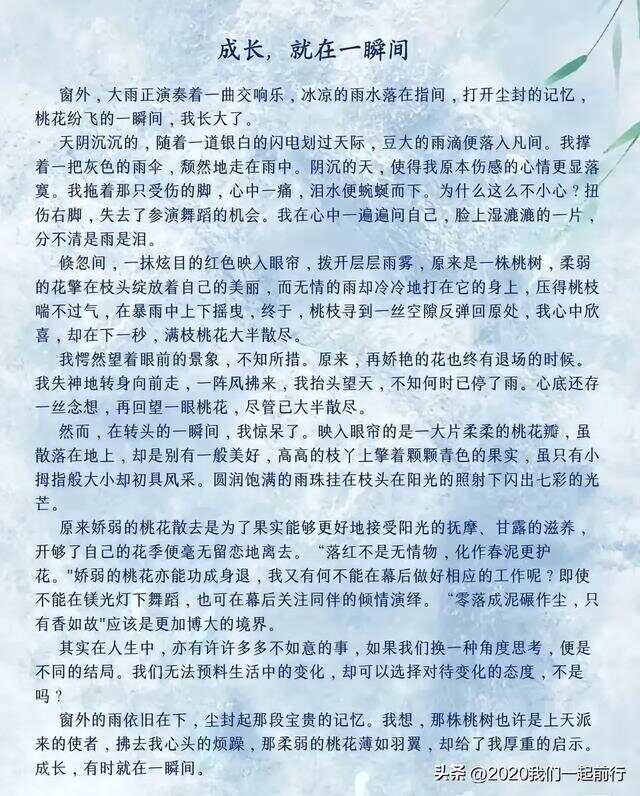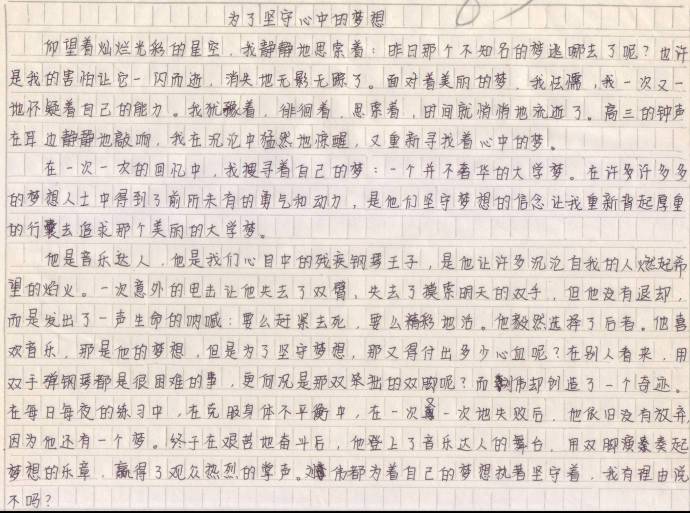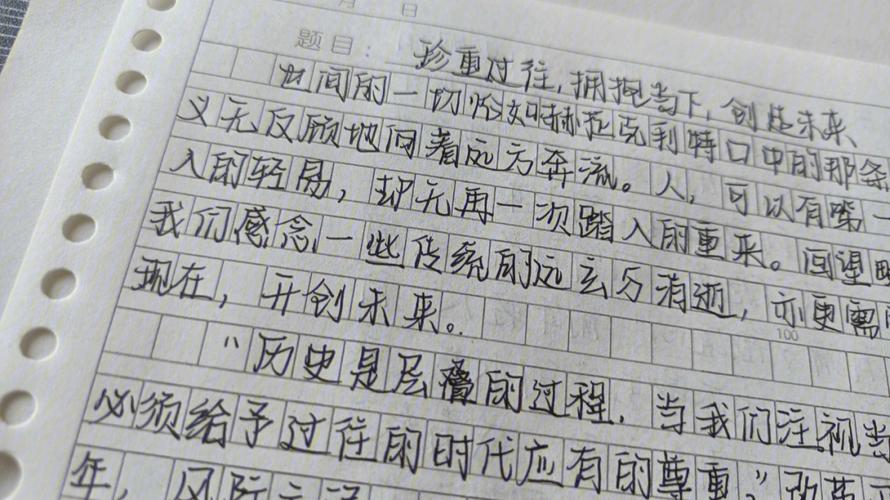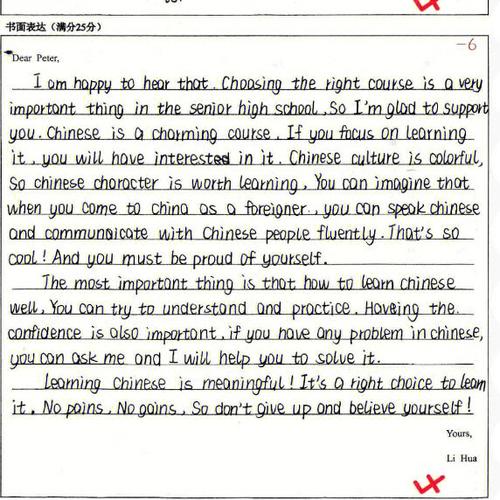beijing opera英语作文(北京戏曲英语作文)
推荐阅读》
I. Introduction Beijing Opera, with its rich historical heritage and profound cultural significance, is a unique art form that has been celebrated for centuries in China. This paper aims to introduce the essence of Beijing Opera by exploring its origins, characteristics, performance styles, and the impacts it has had on Chinese society and culture. I
I. Origins and History of Beijing Opera Beijing Opera, also known as Beijing Jiaoyue, was born in the Ming Dynasty and flourished under the Qing Dynasty. It evolved from the operas of the Shanhaijing and the Xiqu genres and became an integral part of Chinese classical music. Over the years, it has undergone numerous changes, adapting to different regions and social contexts, but always maintaining its essential elements of singing, dancing, acting, and mime. II
I. Characteristics and Techniques of Beijing Opera Beijing Opera possesses several distinct features and techniques that set it apart from other forms of Chinese opera. One of the most notable is its use of vocalization, where actors sing while performing actions or dialogues. The melodies are typically sung in a high-pitched tone, and the lyrics are often filled with symbolism and metaphor. Another characteristic of Beijing Opera is its elaborate makeup and costumes. Costumes are carefully crafted to depict characters' personalities and social status, while makeup enhances the character's facial expressions and emotions. These visual aids help create the audience's emotional connection with the performers. Furthermore, Beijing Opera employs various stage setups and staging techniques to convey different emotions and themes throughout the performance. The use of lighting and sound design also adds depth to the performance, creating a more immersive experience for the audience.
IV.Performance Styles and Dynamics Beijing Opera is known for its dynamic performances that involve both solo and ensemble pieces. The roles within each piece can be performed by one or two performers, with multiple performers sharing lines or scenes to create a sense of collaboration and fluidity. This style of performance allows for greater expressiveness and flexibility, making it suitable for a wide range of stories and themes. Moreover, Beijing Opera emphasizes the importance of physicality and movement in its performances. Actors must have excellent agility, strength, and coordination to perform complex movements, dance routines, and martial arts sequences. This not only showcases the artistry of the performers but also reflects the traditional values of discipline and self-improvement within Chinese culture.
V.Impacts on Chinese Society and Culture Beijing Opera has had significant influences on Chinese society and culture. As a national treasure, it continues to be performed at important festivals such as the Lantern Festival and during the Dragon Boat Festival. It is also widely popular among young people, providing an outlet for their artistic talents and promoting cultural exchange between generations. Furthermore, Beijing Opera has inspired other forms of Chinese art and entertainment. It has influenced traditional Chinese opera, modern Chinese drama, and even Western musicals. Additionally, it has been incorporated into international operas and concerts, expanding its global reach and enhancing its recognition worldwide. V
I. Conclusion In conclusion, Beijing Opera is a unique and multifaceted art form that has stood the test of time in China. Its rich history, distinctive characteristics, dynamic performances, and profound impacts make it a valuable cultural treasure that continues to inspire and captivate audiences globally. By delving into its origins, techniques, styles, and impacts, we can gain a deeper understanding of this remarkable art form, which continues to be cherished and celebrated in China and beyond.
本文系作者个人观点,不代表本站立场,转载请注明出处!

